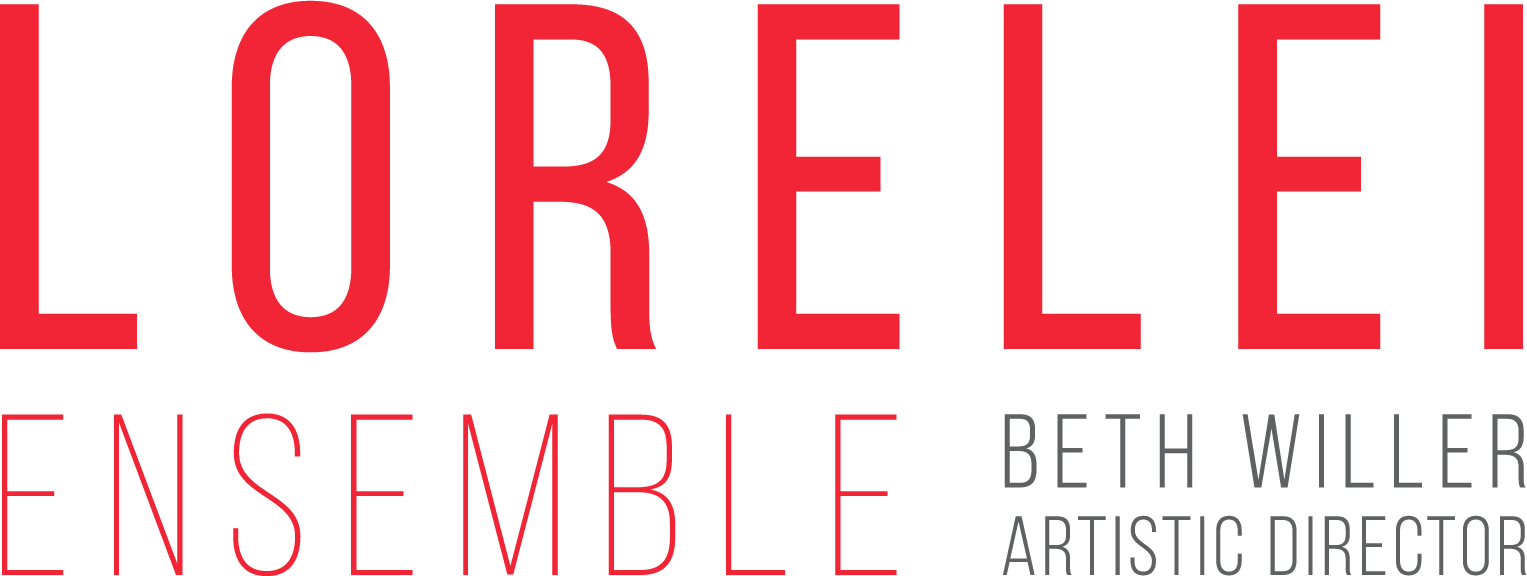Beth Willer- Artistic Director
“Back to normal.”
These are words I find myself resisting in conversation in recent months. As we navigate the second wave of the COVID-19 crisis, we begin to look forward, to consider “the after.” We wonder whether the days ahead will be a return to normal, or an adjustment to a new normal. The words “new normal” are often delivered with a tone of trepidation—it is by definition a dramatic departure from “the before,” something we would settle into by necessity. The idea of a “new normal” makes us nervous at best, and afraid at worst. It implies loss—of something we have grown used to, something we depend on for our security, our status, our routine, our comfort.
But what has been comfortable for me, for many of us, has not been comfortable for all. What has been possible for me, is still not possible for all. Many of the norms that have poised me for success and opportunity stand on foundations with significant fault lines, supporting institutions and structures that depend on inequality to maintain a certain privilege for a certain kind of person.
My privilege, my opportunity, my assumed right to pursue whatever personal and professional path I choose had to first be imagined by women who had no guarantee of those same rights. They believed it should and could be the reality for future generations of young American women. Before they made their purpose known, before they organized in 1848, before they marched, the suffragists had to first imagine a day that it would be normal for women to show up at the polls and cast their vote. They dared to imagine a day when it would be normal for women to own property, to have rights to their bodies and to their children, to live independently, to pursue advanced degrees, and to serve as political leaders. What was a victory for so many in 1920, and again with the Voting Rights Act of 1965, was certainly a crisis for those who clung to past norms of gender roles and racial inequality. The new normal that followed left a portion of the population feeling empowered, and a portion feeling threatened—less certain of their power and influence. And for these same reasons, the fight for this essential right and privilege for all Americans continues in 2020.
These great milestones in our nation’s history were just that: milestones. Not destinations, but momentous stops along a treacherous road, traveled by generations past, and generations yet to come. And in walking that road, we are constantly reminded how tenuous and fragile progress is—how quickly it can erode if we don’t do the maintenance, and the continued, audacious imagining of what could be, beyond our limited ideas of progress.
Art itself should never be normal, but it should be normal for women and people of color to be the artistic and administrative leaders of our most celebrated ensembles. It should be normal for more than half of the repertoire on every classical music program to be by women and people of color. It should be normal for the principal players of an orchestra to be women and people of color. It should be normal to encounter a professional ensemble comprised of all women. None of this should be remarkable or groundbreaking in 2020; it should be normal. It should be expected. But first, we have to imagine that it truly could be normal. That’s the leap we must be ready to take.

